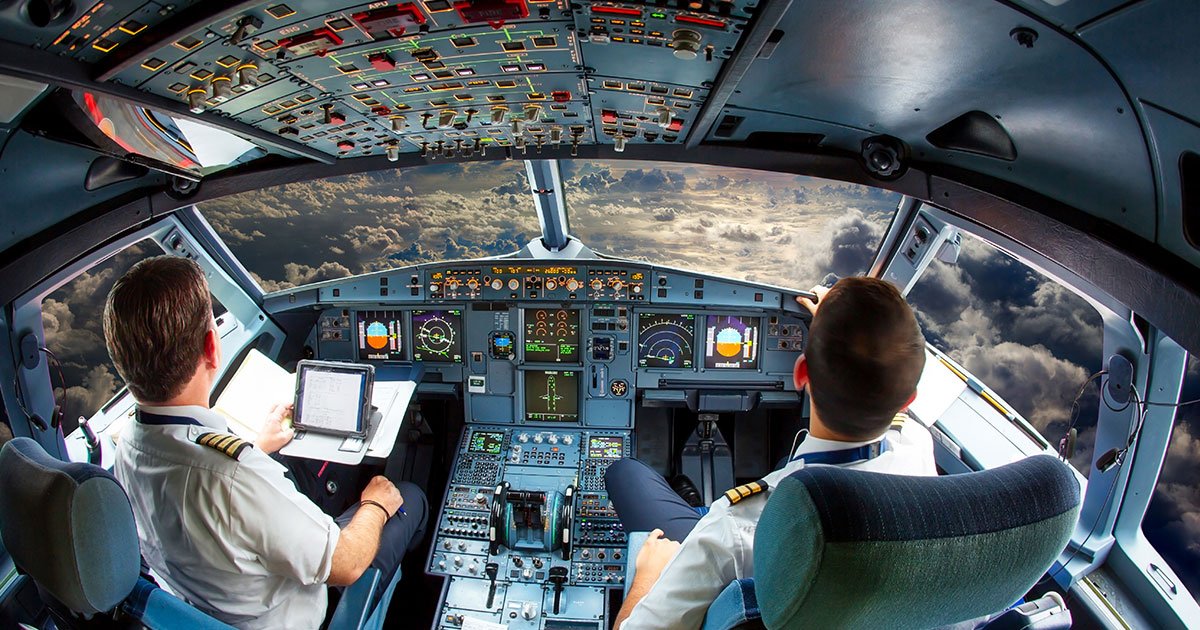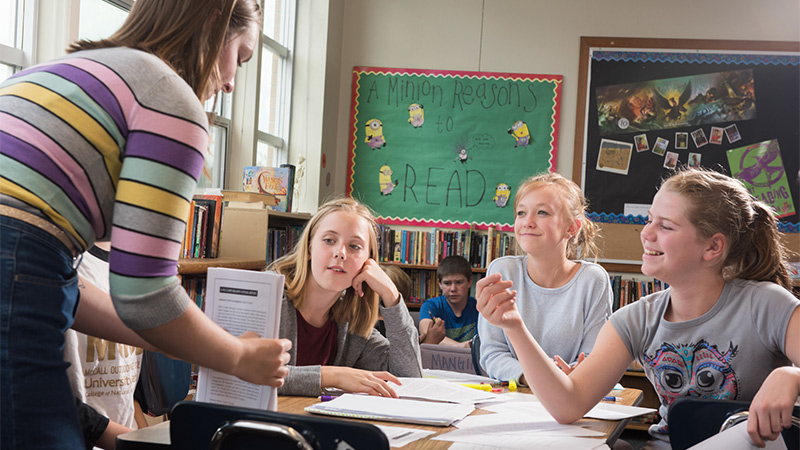
Being a pilot is not just any ability that can be “studied and memorized”. Without practice, piloting abilities won’t stay as good, and knowledge that isn’t accessible and updated is forgotten. A pilot is doomed to be hazardous if their skill and knowledge levels peak the day they pass their check ride. Pilots must ensure that they continuously study, train, and develop their abilities along with part 91 training to keep themselves and their passengers safe.
What does one understand by Recurrent Training?
Pilots are required to regularly complete recurrent training, a type of planned refresher training. While some systematic training is done annually or biennial, another recurrent training occurs every few months. It can be Online, in-person, or a combination of both may be implemented for their training. Written or practical competency evaluations accompany most types of regular training.
The kind, quantity, and frequency of mandatory recurrent training are addressed and regulated by the FAA’s Federal Aviation Regulations (FARs) for both pilots and other crew members. While doing a flight review, part 91 training is a prerequisite.
What is the importance of Recurrent Training?
This standardized, structured program for maintenance and building on perishable skills and knowledge has become quite important, especially for pilots. The FAA describes the purpose of recurrent training as ensuring “that every crewmember is adequately trained and currently proficient for the aircraft and crewmember position involved.”
Even if pilots completed all basic training and proved their competency when they originally acquired their certificates, if there wasn’t a mechanism for ongoing training, they might unintentionally allow some abilities to lapse and get rusty. As a pilot, there are certain abilities we train in the hopes of never having to use them, for example, ATC communications, which one uses on every trip. Other skills, such as identifying and adjusting for night flying illusions, are used on many flights, but not all of them. When we talk about the FAA requirements of recurrent training, part 91 training and part 121 training are very important.
Pilots are expected and obliged to complete different amounts and kinds of training depending on their certificate level and the Part they are flying under. Recurrent Part 91 training of a private pilot will differ greatly from that for a Part 121 airline transport pilot (ATP) or a Part 107 drone pilot.
The pilot must complete the maneuvers and procedures that the approved instructor conducting the review deems are required to demonstrate that the pilot is capable of safely flying within the bounds of their pilot certificate during the flight training part.
Conclusion
The main purpose of Recurrent training is not to force the pilots to undergo a pointless exercise or embarrass them if they do not perform up to the mark. The main goal here is to ensure adequate training to keep all the stakeholders safe. While flying, they are responsible for more than 100 lives; getting the pilot well trained should equally be the authority’s responsibility.





